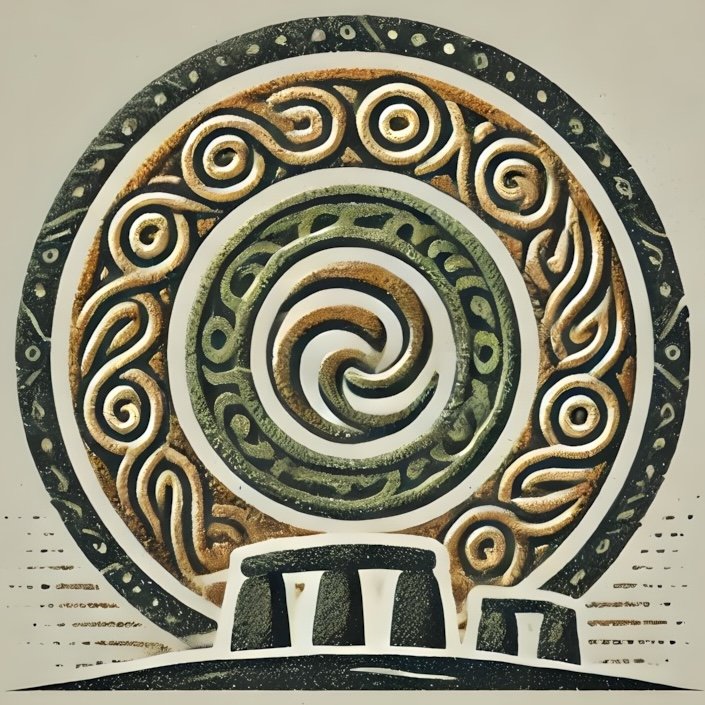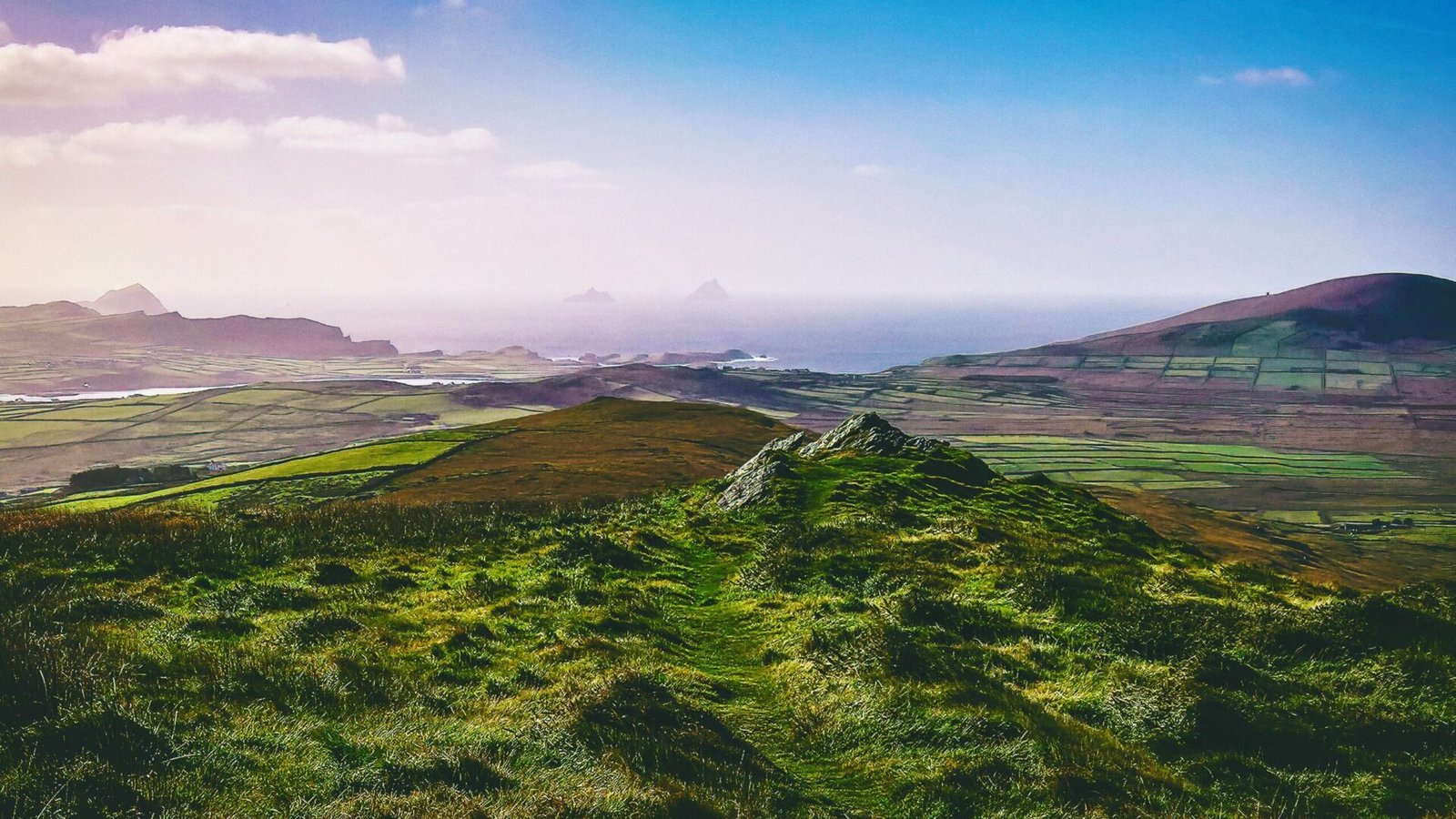Mythology: The Fianna, Cú Chulainn, and the Otherworld Introduction to Irish Mythology
Irish mythology is a rich tapestry woven from the threads of ancient tales, heroic legends, and the vibrant landscape of Ireland itself. It is a realm where gods and mortals intertwine, where battles are fought not just for land but for honor, and where the natural world pulses with the magic of the Otherworld. These stories have been passed down through generations, capturing the imagination of those who seek to understand the cultural and spiritual heritage of the Emerald Isle.
At the heart of this mythology are the legendary figures of the Fianna, the heroic warrior band, and Cú Chulainn, one of the most celebrated heroes in Irish lore. Their exploits and the landscapes they traversed are not merely tales of yore; they are intricately connected to specific sites across Ireland, inviting modern-day adventurers to explore the sacred landscapes that echo with the whispers of the past.
The Fianna
The Fianna were a legendary band of warriors in Irish mythology, renowned for their bravery, loyalty, and formidable skills in battle. They were often depicted as a group of young men, bound by a code of honor, who roamed the forests and hills of Ireland, defending the land and its people from invaders and supernatural threats. The most famous leader of the Fianna was Fionn mac Cumhaill, a figure who embodies the ideals of heroism and wisdom.
The tales of the Fianna are filled with adventures that showcase their strength, cunning, and camaraderie. They are known for their epic quests, such as the pursuit of the enchanted deer or the defense of the realm against monstrous foes. Their stories are set against the backdrop of Ireland’s stunning landscapes, from the lush forests of the Boyne Valley to the rugged cliffs of Connemara, each location steeped in myth and history.
Visitors to Ireland can explore sites associated with the Fianna, such as the Hill of Tara, a significant ceremonial site believed to be the ancient seat of the kings of Ireland. Here, the echoes of the past resonate, and one can almost hear the clash of swords and the laughter of warriors as they share tales around a roaring fire.
Cú Chulainn
Cú Chulainn, often referred to as the “Hound of Ulster,” is perhaps the most iconic figure in Irish mythology. His life is a saga of heroism, tragedy, and supernatural feats. Born to the mortal woman Deichtine and the god Lugh, Cú Chulainn’s destiny was marked by extraordinary strength and skill in combat. He is best known for his defense of Ulster against the armies of Connacht, led by Queen Medb, in the epic tale of the Táin Bó Cúailnge (The Cattle Raid of Cooley).
Cú Chulainn’s prowess in battle is legendary; he is said to have fought off entire armies single-handedly, using his signature battle frenzy, known as the “ríastrad,” which transformed him into an unstoppable force. His life is also marked by profound personal sacrifice, as he faced numerous trials and tribulations, including the tragic death of his beloved friend Ferdiad.
The landscapes associated with Cú Chulainn are as dramatic as his story. Sites such as Emain Macha, the ancient capital of Ulster, and the hill of Cú Chulainn in County Antrim, where he is said to have trained, offer a glimpse into the world of this legendary hero. Visitors can walk in his footsteps, imagining the fierce battles and the haunting beauty of the land that shaped his destiny.
The Otherworld
In Irish mythology, the Otherworld is a mystical realm that exists parallel to the mortal world. It is often depicted as a place of eternal youth, beauty, and abundance, where the dead reside and where heroes can find solace and adventure. The Otherworld is not merely a land of spirits; it is intricately tied to the natural landscape, with specific sites believed to serve as gateways to this enchanted realm.
Locations such as the Hill of Uisneach and the ancient burial mounds of Knowth and Newgrange are thought to connect the earthly realm with the Otherworld. These sacred sites, adorned with intricate carvings and aligned with celestial events, invite contemplation and exploration. The Otherworld is often accessed through water, hills, or ancient trees, emphasizing the deep connection between the land and the spiritual journey.
The tales of the Otherworld are filled with encounters with supernatural beings, including the Tuatha Dé Danann, the ancient gods of Ireland. These stories often highlight themes of transformation, rebirth, and the cyclical nature of life, reflecting the beliefs of a culture deeply attuned to the rhythms of the natural world.
Interconnections between the Fianna, Cú Chulainn, and the Otherworld
The narratives of the Fianna, Cú Chulainn, and the Otherworld are interwoven, creating a complex web of relationships that speak to the heart of Irish mythology. The Fianna, with their heroic quests and adventures, often find themselves in encounters with the Otherworld, where they face supernatural challenges and forge alliances with otherworldly beings.
Cú Chulainn’s story is also deeply connected to the Otherworld. His battles and trials often blur the lines between life and death, as he confronts foes who possess otherworldly powers. His journey reflects the belief that the hero’s path is not just one of physical strength but also of spiritual growth and transformation.
The landscapes that host these mythological figures serve as a reminder of the interconnectedness of the natural world and the spiritual realm. Sites like the Giant’s Causeway, with its otherworldly formations, and the ancient stone circles scattered across the countryside, invite visitors to ponder the mysteries of existence and the stories that have shaped the Irish identity.
As you traverse the sacred landscapes of Ireland, you are not merely walking through history; you are stepping into a living mythos, where the echoes of the Fianna, Cú Chulainn, and the Otherworld resonate in the very soil beneath your feet. Each hill, each river, and each ancient stone tells a story, inviting you to connect with the past and explore the enduring legacy of Irish mythology.
meta –

